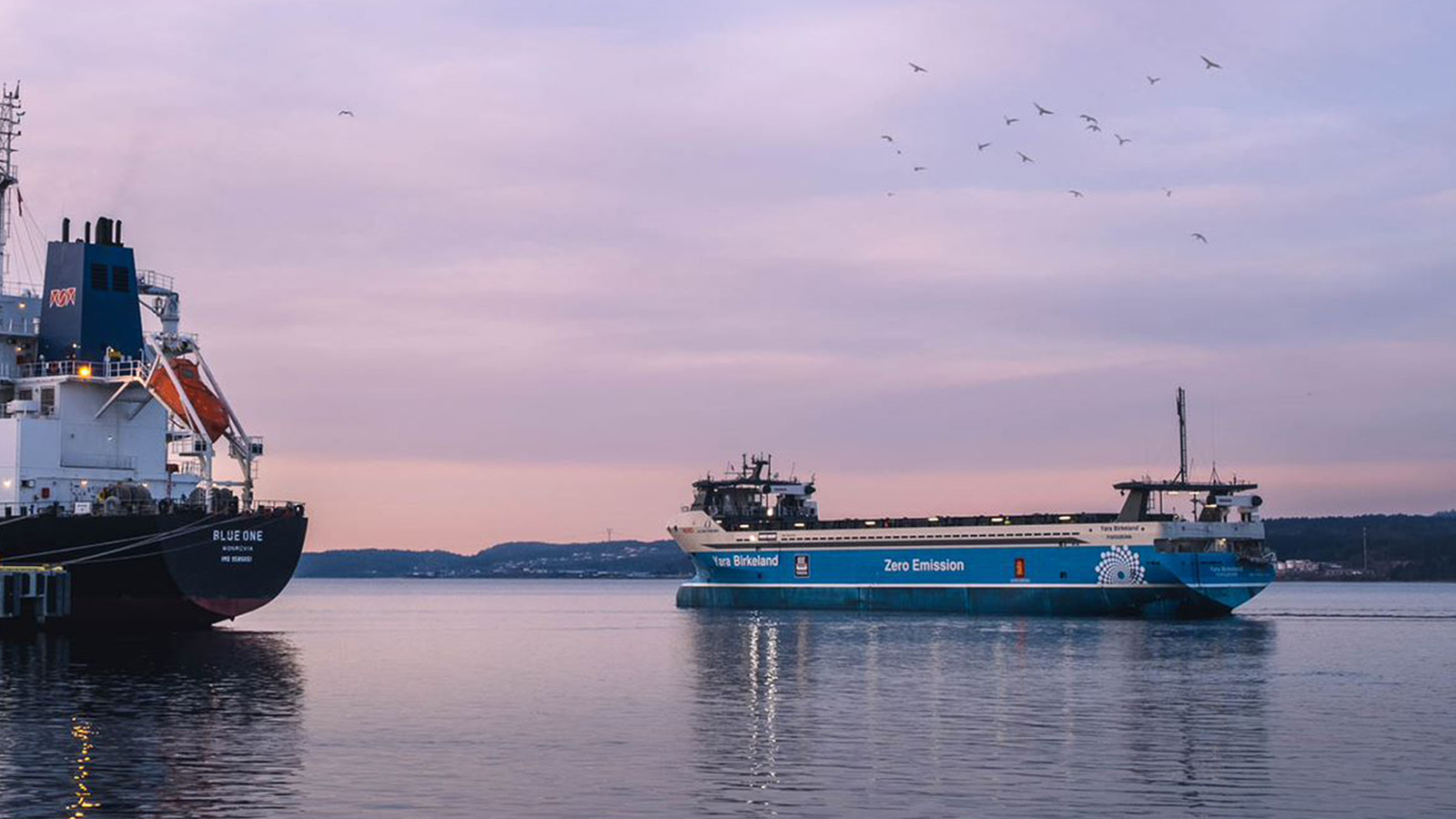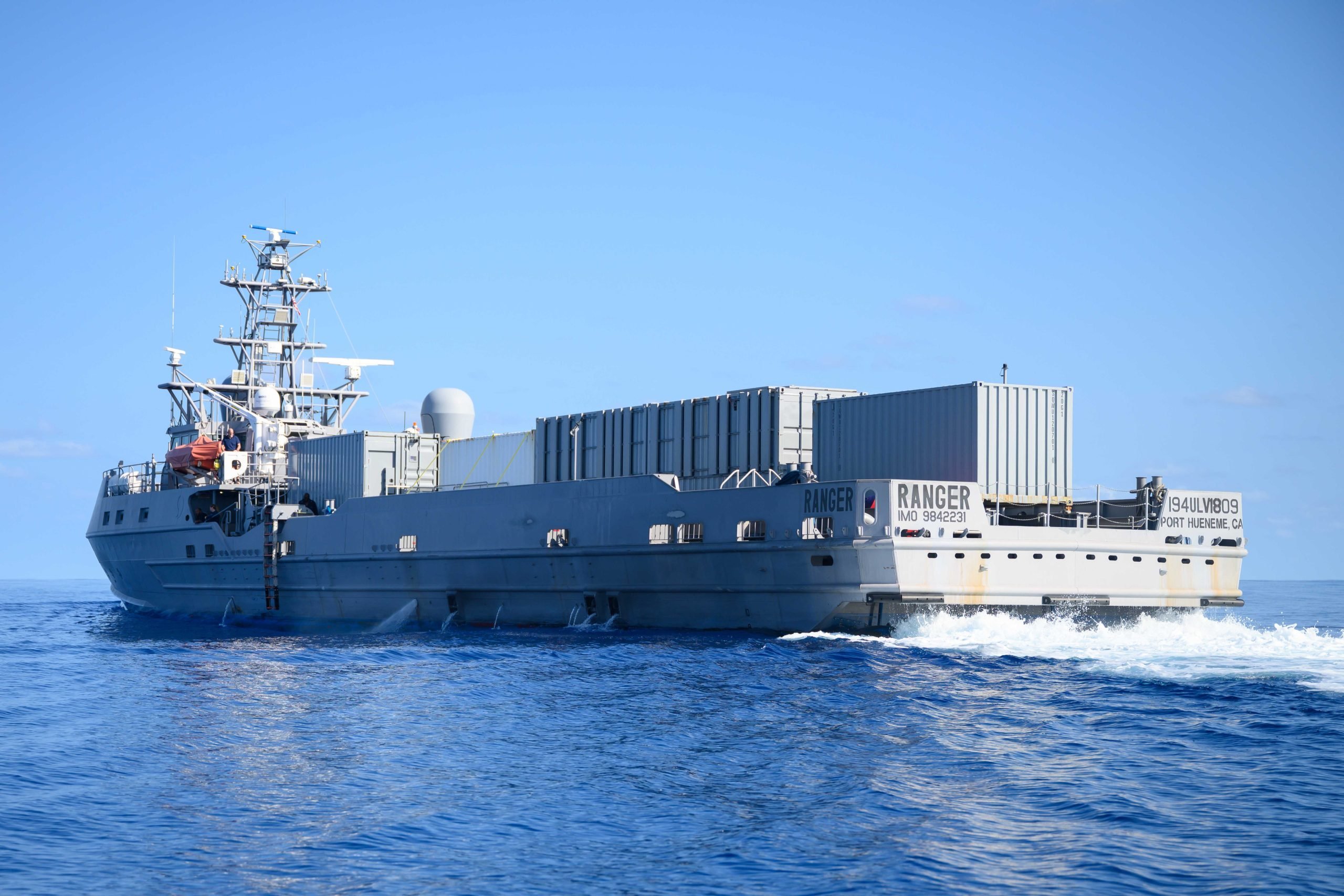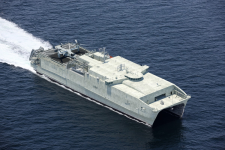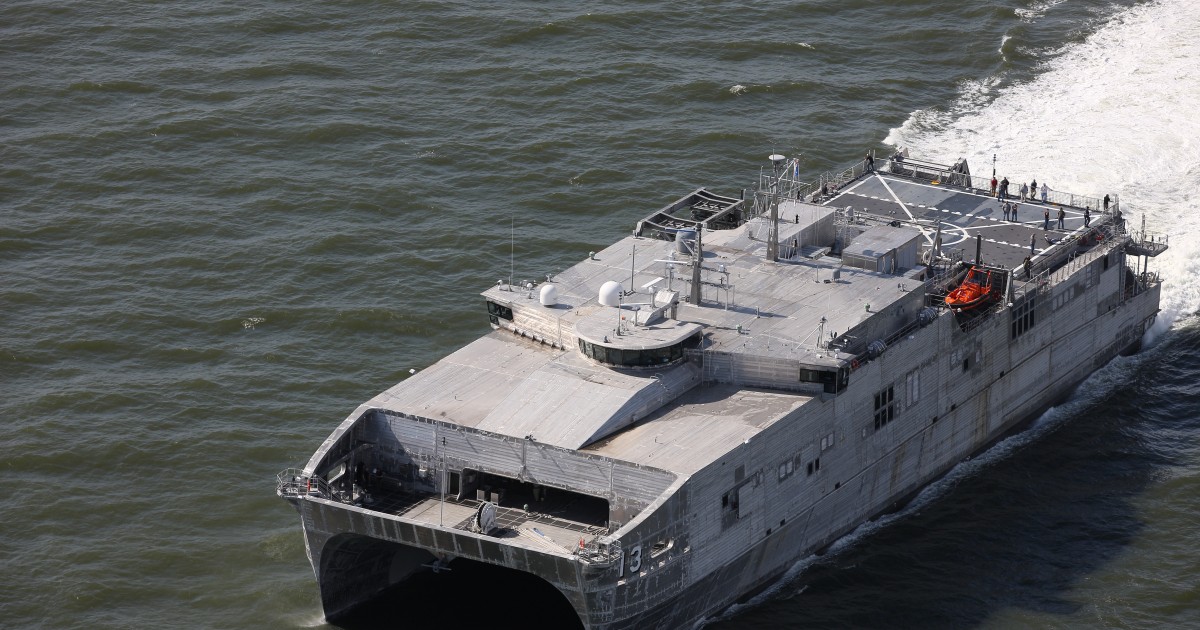FJAG
Army.ca Legend
- Reaction score
- 14,617
- Points
- 1,160
I guess that I'm a victim of the gunner philosophy of concurrent activity. I see something like cheap minimally-manned or autonomous vessels as part of a hybrid flotilla as an inevitability. To me that means the goals should be set now and the experimentation, whether on our own or as part of an allied partnership, should be happening as we speak.When we hear that the USN are ready to award a contract for a production line of USVs or UUVs, that's a great time to have an independent and critical look at the state of the technology, the CONOPs for the system, and decide then if those things make it a good purchase to achieve an effect that we're looking for.
Being on the bleeding edge of technology always incurs some risk. On the other hand, waiting for the risk to be zero, coupled with our long design and delivery dates for vessels, will create significant delay and bring in considerable risk of its own that we either do not have the operational systems when needed or we keep investing in less useful systems (such as an MCDV replacement) which has limited capabilities and ties up resources for years to come.
I don't want to sound quarrelsome - although being a non sailor I don't doubt that I do sound that way - but sometimes one needs to take a leap of faith.
I find myself in the situation where, while @Kirkhill and I aren't in lockstep, we're marching in the same general direction.







